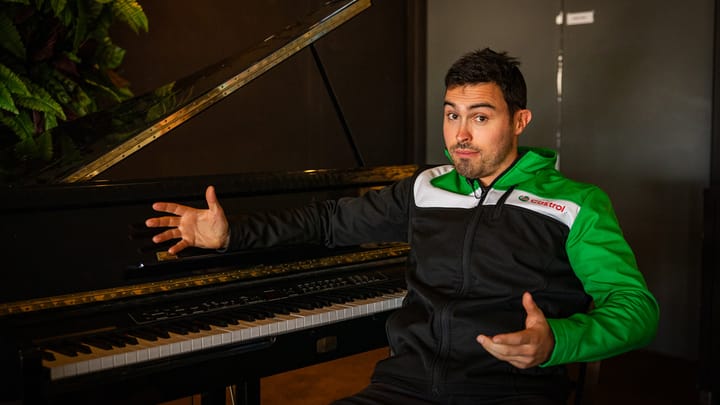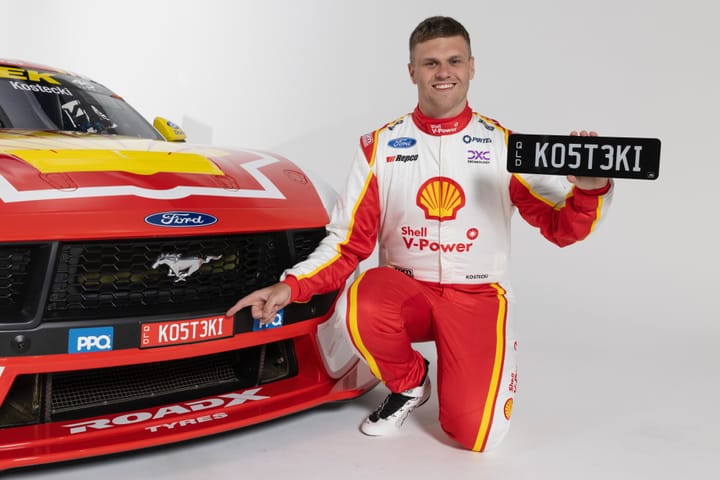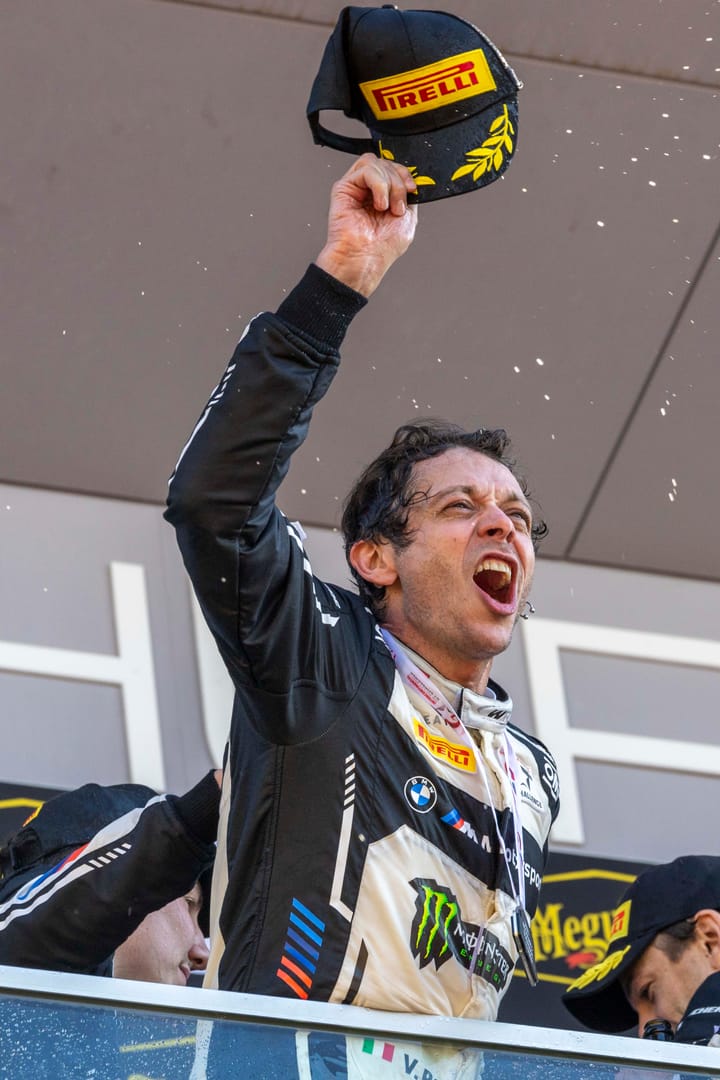WHY SUPERCARS NEEDS SOME NEW VILLAINS
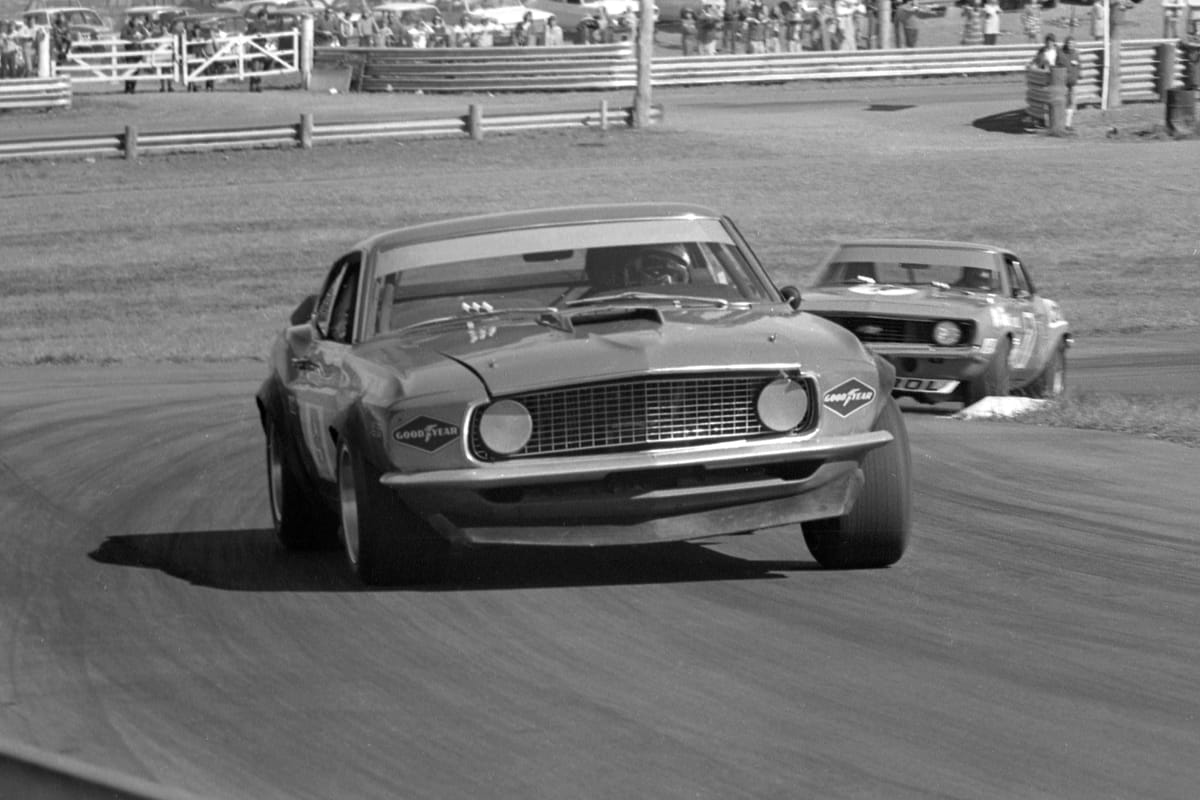
Australians love a sporting hero.
Over the summer months the heroes, and also the villains, are much to the fore with major sports like cricket and tennis dominating the landscape.
We have loved seeing the likes of Roger Federer and Raffa Nadal wow huge crowds at the Australian Open Tennis.
Sporting legends like Shane Warne have held the Boxing Day MCG cricket crowds in the palm of their hand. And, just recently, we saw a young 19-year-old kid by the name of Sam Konstas play a maiden innings at the Boxing Day Test like no other.
Then there are the villains. Novac Djokovic has a love-hate relationship with the tennis fans, and so too does Nick Kyrios. Over at the MCG, Indian cricketer Virat Kohli felt the full force of 85,000 fans opinions of his antics.
Our football codes too, both AFL and NRL, are stacked with big personalities and the respective games ensure they are well promoted.
Now, with the 2025 Supercars Championship only a couple of months away, it is fitting to look at some of the great names from the history of Australian Touring Car Racing, and its more recent Supercars era, and their epic rivalries.
Just about every decade since the 1960s has seen larger-than-life characters take on either the hero or villain status.
In the 1960s, Norm Beechey and Ian Geoghegan were the ultimate heroes of gladiator-style racing, week-in and week-out, as they put American muscle cars into the Australian motorsport spotlight.
Throw in the likes of Bob Jane, and then Alan Moffat – two of the greatest villains of all – and the mix was electric.
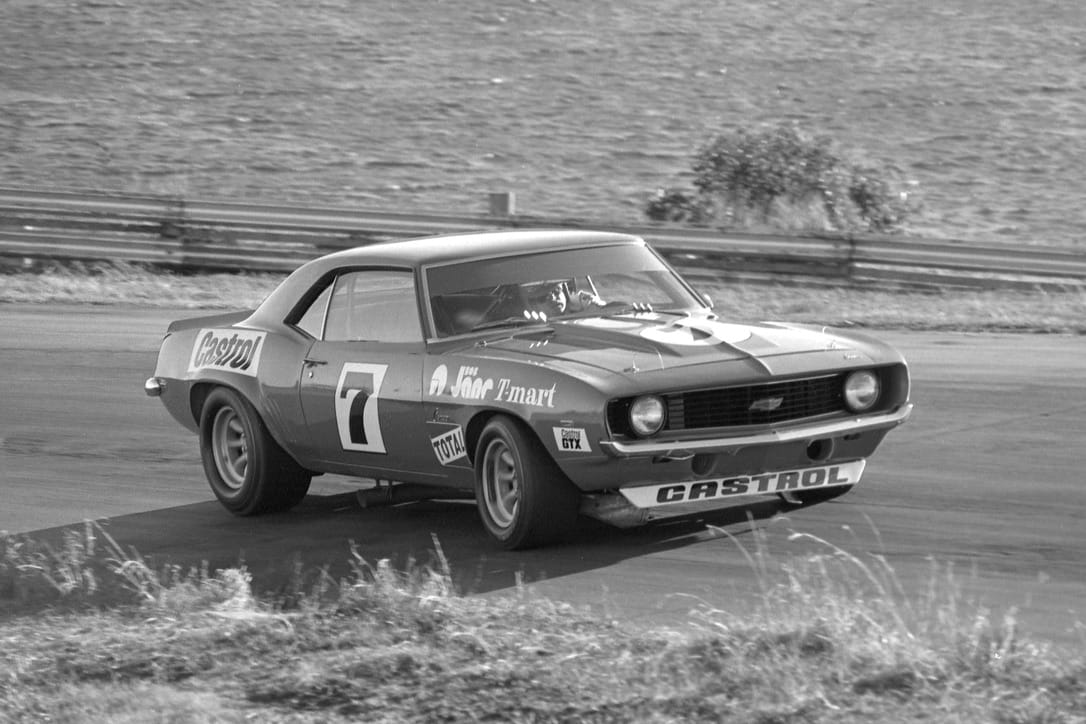
Moffat went on to be the undisputed villain of the sport right through his career, not only against the established heroes of Beechey, Jane and Geoghegan, but the new generation of drivers including Peter Brock.
Brock also developed one of the greatest rivalries in touring cars with Queensland hero Dick Johnson and their 1981 touring car final at Lakeside will go down as one of the great races of all time. Johnson and Brock – the heroes for Ford and Holden – had everything to play for in front of a Lakeside crowd in Queensland in a race which was truly epic. Johnson won the day but not once did the two champions touch each other or go for move which would have ended in tears, as they treated fans to a red-hot battle.
The rest of the grid? Few would remember who was even racing that day, such was the intensity of the challenge at the front.
Then there were Mark Skaife and Russel Ingall. Greg Murphy and Marcos Ambrose. Mark Skaife and Marcos Ambrose.
The founder of Race.News, Paul Gover, was working at the tabloid Herald Sun newspaper at the time and added plenty of fuel to the fire, even adding nicknames including 'The Enforcer' for Ingall and 'The Rat' for Kiwi raider Paul Radisich.
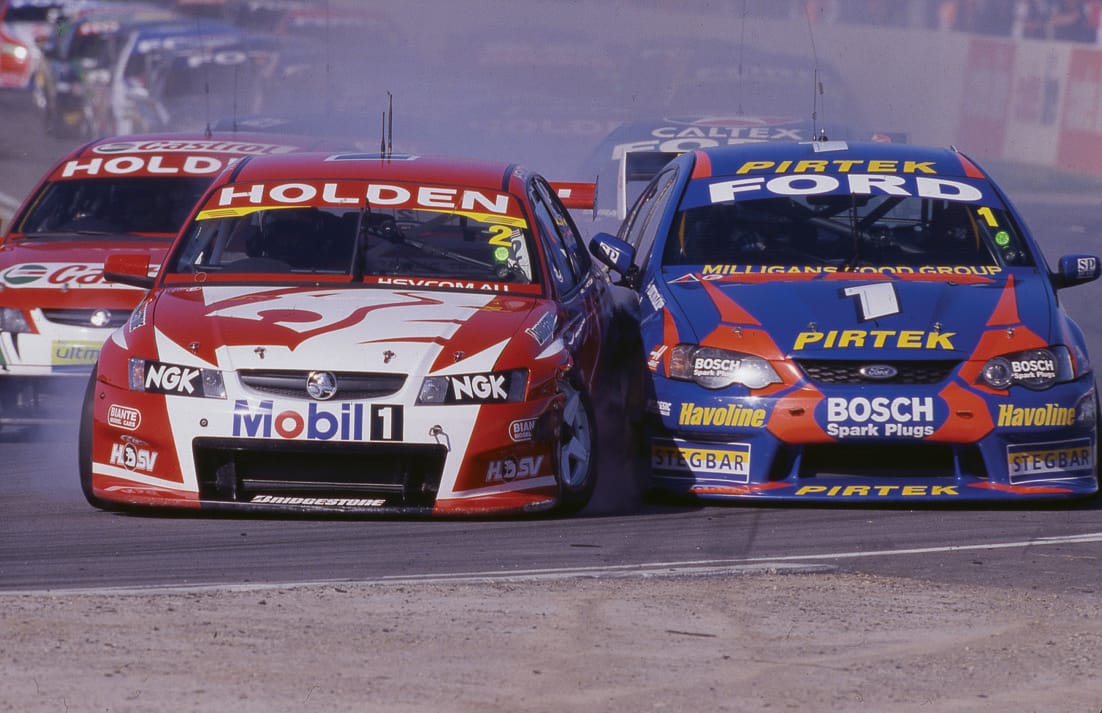
Now, though, times have changed as the new corporate era of Supercars and most forms of motorsport has emerged. It's clean. Politically Correct. Probably too vanilla.
So, what to make of today’s breed of Supercars pilots?
Clearly the field is full of exceptionally-talented drivers. However, is there a Murphy or an Ingall or a Beechey or a Moffat in there, ready to pick up the 'black hat'?
There are plenty with the talent, but do they share the showmanship, bravado and ruthlessness of the now-retired heroes?
It's not a simple question and there is no simple answer.
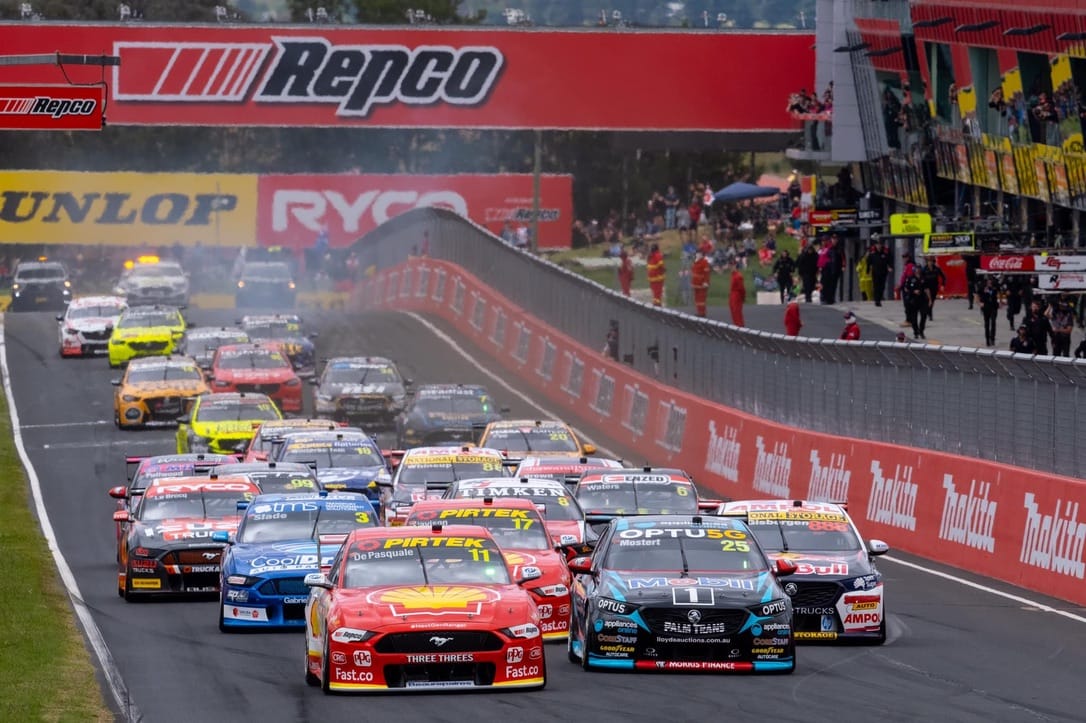
One of the main issues Supercars must address is the fixation with the cars. For well over two years, the digital space, the newspaper space, the press releases and the hype have all centred around the Gen3 chassis targeting Ford’s Mustang GT and GM’s Chevrolet Camaro.
Parity between the rival racers raises its head far often and there have even been suggestions as late as December that, without a unique Bathurst specification engine, Ford’s Mustang cannot win the Bathurst 1000.
There will be even more talk about the Gen3 racers from the middle of this year, when Toyota begins testing of his Supra racer ahead of its competition debut in 2026.
While all this technical argy-bargy continues to dominate the media coverage and Supercars broadcasts, a young, effervescent knockabout Toowoomba Car Salesman by the name of Will Brown was crowned the 2025 Supercars Champion in his first year with the juggernaut Triple 888 team.
Outside of the die-hard Supercars fans, who would have known? The biggest event Brown fronted after his triumph at the Adelaide 500 was a fan day at his family Cars Galore dealership in Toowoomba. Triple 888 came to the party with the team transporter, merchandise and the winning #87 Red Bull Camaro on show for the many many local fans.
But why wasn’t this young gun managed and sent on a national media blitz? He could have been on morning TV shows, done radio interviews and public appearances. He has all the right ingredients to grab people.
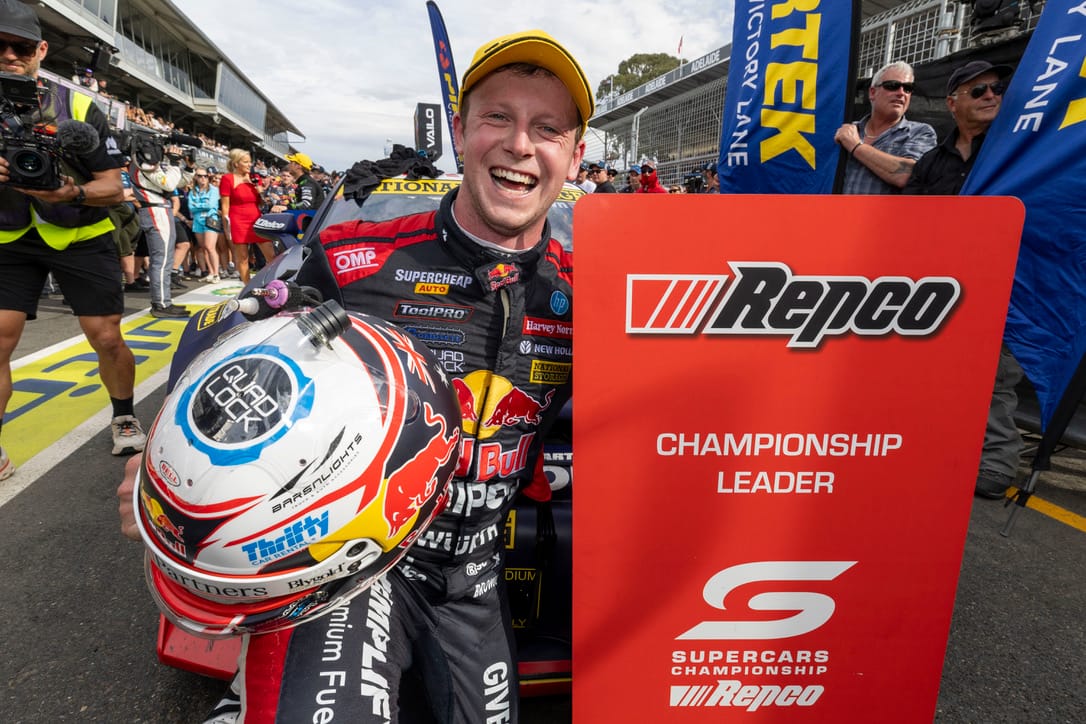
Arguably, Supercars suffers in the wider sports arena from a lack of heroes but the public needs to get to know the stars. That is not a criticism of the actual racing as it is world-class in its event calendar and TV production.
But the sport's pinup boy is still Craig Lowndes – and he is now in his late 40s and a part time racer as a co-driver for SuperCheap young guns.
Lowndes picked up the mantle from his mentor and mate Peter Brock, and has been and is still a great ambassador for the sport, but should he still be the best-known face to the broader Australian race fan?
In recent years we have had brilliant race drivers in Shane Van Gisbergen and Brodie Kostecki crowned as the Supercars champions. Neither has enjoyed a strong media profile or even the awareness of the likes of Lowndes.
Yet SvG had a great on-track rivalry with Scott McLaughlin, a classic red-versus-blue confrontation from the Holden-against-Ford era, and Scotty Mac became an instant hero when he blurted out “I just plucked it in first, gave it some jandal and fuck yeah” in Adelaide.
For many reasons, van Gisbergen was an invisible champion. He shied away from the media, did not like personal or sponsor appearances, and was renowned for single-sentence answers to media questions. Interestingly, a totally different side to his personality has emerged as he forges a career in NASCAR in the USA.
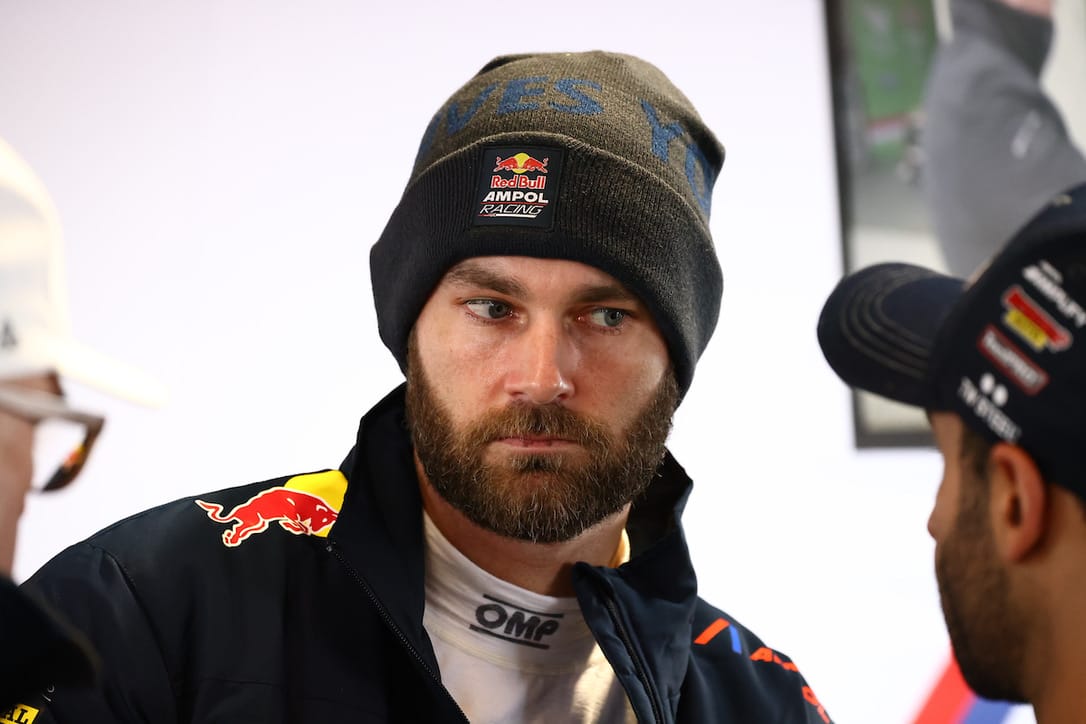
Kostecki is better known for missing the early races of the 2024 championship season than reigning as champion.
So, the current crop of Supercars stars – led by Will Brown – have to be marketing and commercial players, but they must also be media savvy.
They must engage and ensure they are taking fans along for the ride. It is now a large part of their job description.
To this end, why has Supercars not insisted that their key assets, and that is not the Gen3 cars, undertake substantial media and professional training to help them polish their positions in the pitlane? This is a category problem and should not be left to the teams.
In just under two months’ time, the 2025 Repco Supercars Championship will burst into life under lights at Sydney Motorsport Park.
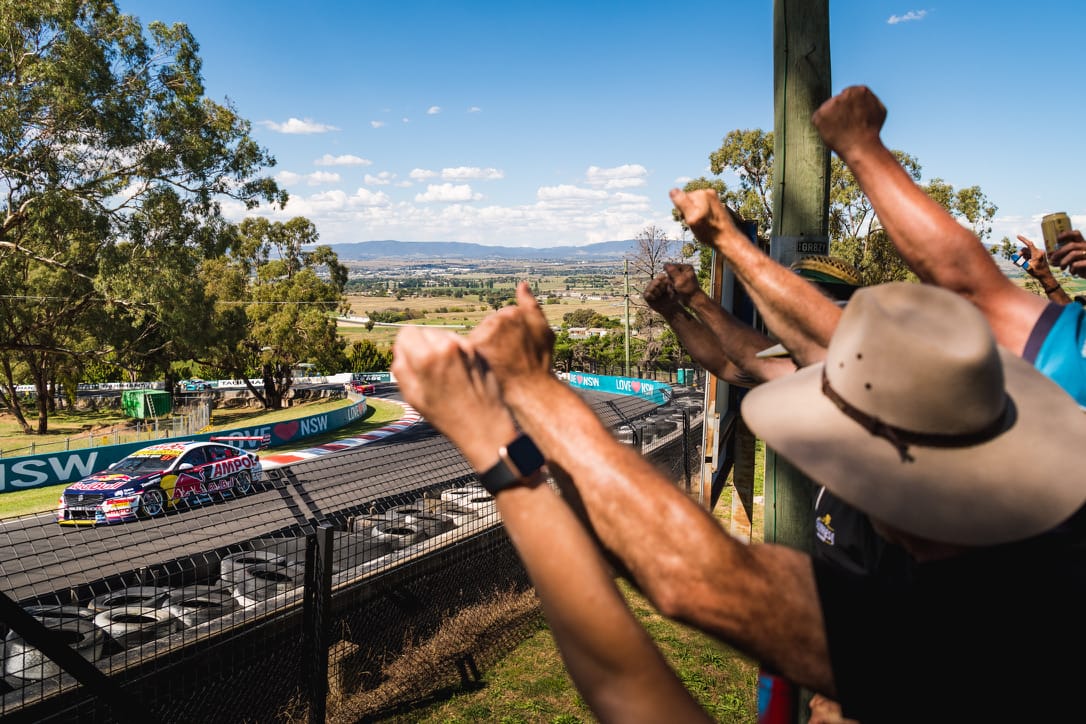
It's obvious the category needs a hero strategy for the next three to five years from the season kick-off. And at least one villain.
So, who are the drivers that can – should – become household names and how should they be nutured and promoted? It's not an easy job.
But without a people-first strategy, Supercars will be bogged down in a field of Mustangs and Camaros and – in time – Supras with ‘what’s his name’ doing the driving.
It is not too long ago that Russell Ingall, Marcos Ambrose, Greg Murphy and Mark Skaife were regularly in the media, regardless of what make of car they drove.
It was sometimes for the wrong reasons, but there is always bad when you're digging for good.
And it goes right back to the beginning of touring car racing in Australia. Those were the days of big personalities, confrontation and real racers.


